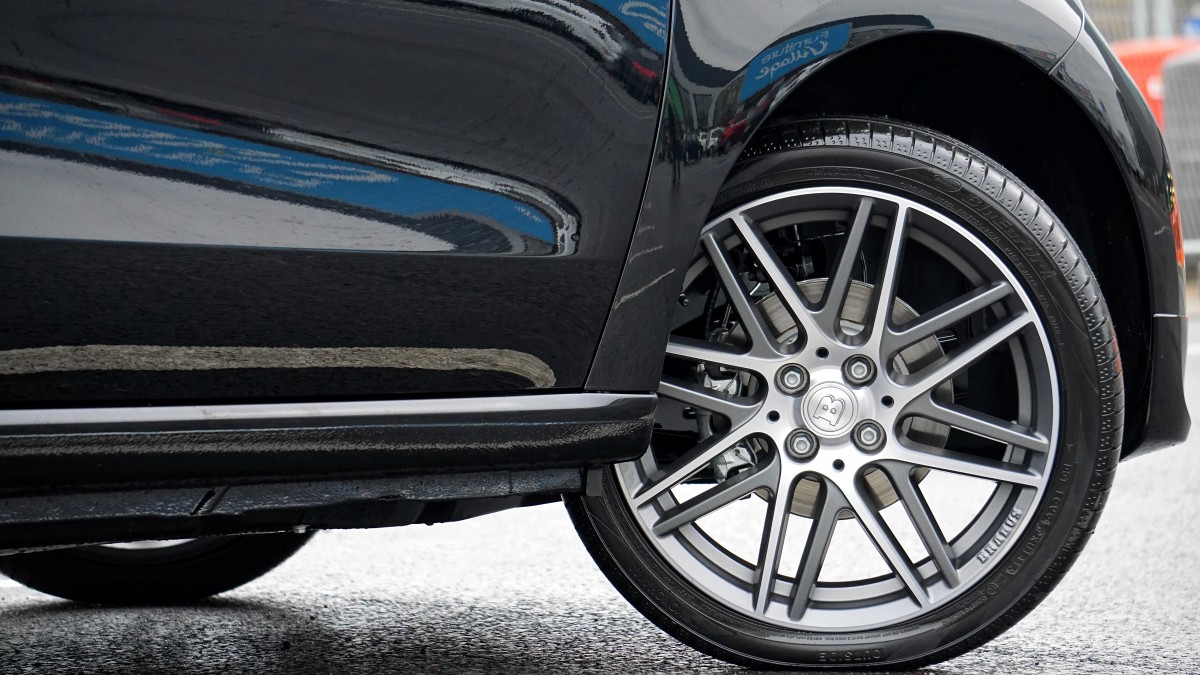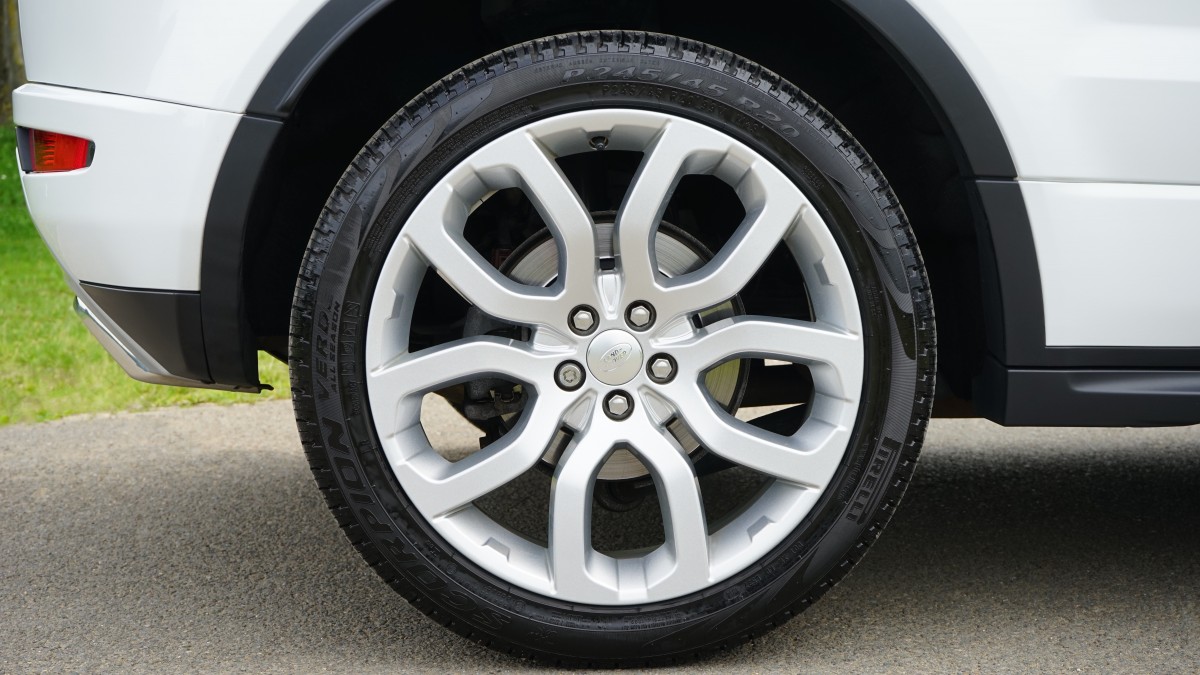How to dismount a tyre?
It is not a question here of dismounting a wheel to change it but dismounting a worn tyre from its rim.
As a preliminary step to fitting a new tyre, the removal of a worn tyre must be carried out by a professional equipped with the specific equipment (link to tyre machine and equipment).
Here are the main steps:
– Lubricate the rim flanges as well as the tyre beads.
– Deflate the tyre by removing the cap and the inside of the valve.
– Remove the balancing weights present.
– Install the rim on the tyre machine and block it on the outside on the hooks provided for this purpose (use protections to avoid damaging the rims).
– The valve must be positioned opposite the demounting arm at 12 o’clock.
– Tilt one side of the tyre onto the rim using the lever provided.
– Turn the plate so that the entire bead is off the tyre.
– Repeat the operation for the second bead.
How to mount a tyre?

This is not changing a wheel but instead mounting a new tyre on a rim.
The mounting of a tyre must be done by a professional equipped with specific material. It is also advisable to have a specific rim in the case of a mounting with an inner tube (very rare, vintage vehicles).
Here are the main steps:
– Lubricate the rim flanges as well as the tyre beads.
– Install the rim on the tyre machine and block it on the outside on the hooks provided for this purpose (use protections to avoid damaging the rims).
– Put a new valve in place in the space provided.
– From the front, turn the wheel to have the valve positioned “at 5 o’clock”.
– Position the bottom tyre bead on the rim flange and rotate the plate with the rim to position the entire tyre on that side.
– Do the same to get the other bead “into the rim” using the mounting arm provided.
– Inflate the tyre to 3.5 bar, above the recommended pressure to position the tyre well on the rim, then deflate the tyre to the recommended reference pressure. Remember to plug the valve with the cap provided for this purpose.
The mounting is not quite finished since the tyre still needs to be balanced before being mounted on the vehicle.
Mounting your new tyres on the rear
The trick
When the new tyres have been mounted on their rims, and only 2 out of 4 tyres are changed, it is advisable to mount the new tyres on the rear, contrary to a preconceived idea.
Why is this?
The front axle is directly connected to the engine in the most common cause of front-wheel drive vehicles.
It is also connected to the steering since the front wheels will react to the driver’s steering inputs.
– Steering and engine braking: these are the two solutions available to you to correct a loss of front-wheel grip.
On the other hand, the rear axle is a “follower” axle.
– In case of loss of grip, you have no way of directly influencing the ground connection at this point, hence the interest of having the tyres in better condition at the rear.
– Moreover, since front tyres wear out faster than rear ones, we mechanically get used to driving with a better grip at the rear, and an imbalance of these cues can generate driving discomfort.
Your tyre consultant should normally suggest a tyre rotation on the vehicle when only the front tyres are worn.


1 comment
[…] How to Mount and Dismount a Tyre? […]